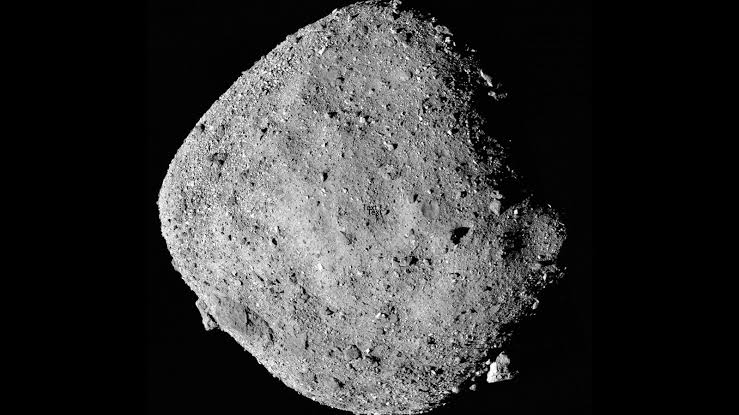Scientists Probe Potential “Fifth Force” Through Asteroid Bennu’s Orbit, Uncover New Constraints

In the ongoing search to understand the mysteries of the universe, researchers have investigated whether a hypothetical “fifth force” might affect the trajectory of asteroids, specifically that of Bennu. However, recent data reveals no indication that such a force has influenced Bennu’s orbit, setting an upper limit on the strength of this potential force, according to findings published in Communications Physics.
The universe is governed by four known fundamental forces: electromagnetism, gravity, and the strong and weak nuclear forces. Yet, the possibility of a fifth force has intrigued physicists for its potential to explain some of the universe’s greatest unknowns, particularly the elusive dark matter that is believed to constitute a significant portion of cosmic mass.
To explore this possibility, physicist Yu-Dai Tsai and his team focused on asteroid Bennu. Bennu’s trajectory had been monitored closely by NASA’s OSIRIS-REx spacecraft, which collected and brought back a sample of the asteroid in 2023. “Bennu has been tracked with astonishing accuracy for an extended period, making it an ideal subject for testing new physics,” said Tsai, a researcher at Los Alamos National Laboratory in New Mexico. Deviations from Bennu’s predicted path, even minor ones, could suggest evidence of an undiscovered force acting on it.
In physics, forces are associated with particles that mediate them—photons, for example, are responsible for electromagnetism. Should a fifth force exist, it would likely have corresponding particles that could also serve as a form of dark matter. Bennu’s precise trajectory allowed scientists to search for signs of a fifth force linked to particles of extraordinarily small mass, potentially around a millionth of a trillionth of an electron volt.
The findings suggest that if a fifth force does exist, it must be exceedingly weak, as Bennu’s orbit aligns closely with existing gravitational predictions. Nonetheless, physicists are keen to broaden the search by examining the trajectories of additional asteroids. Expanding such research could help scientists explore a wider range of particle masses and deepen our understanding of dark matter.
While Bennu’s space-rock samples reveal the composition of bodies within our solar system, the asteroid’s path—and that of similar celestial objects—may help unlock insights into the universe’s “dark side.”


